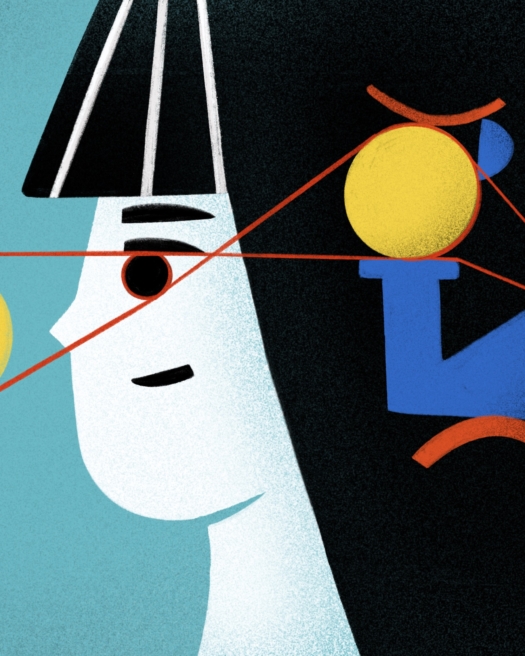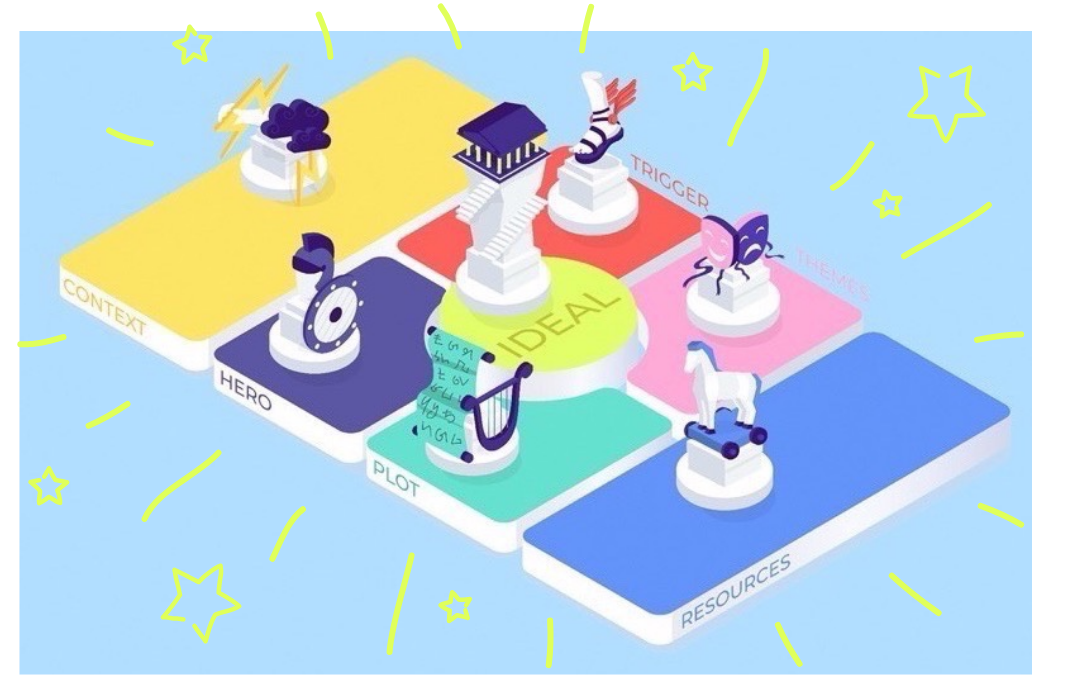Think back to your last trip to the supermarket. A carton of low-fat milk? You automatically walked straight to the light blue packaging. A men’s skincare product? The abundance of black and navy blue was a sure sign you were looking in the right place. Standing in the pasta and grains aisle, Jamie Oliver’s smiling face brought comfort as you picked up a bag of jasmine rice. But the little green organic symbol on the vegetable displays sent mixed signals to your brain: “more expensive, but the quality is supposed to be better.” Almost unconsciously, your brain deciphers the visual cues in your environment to help you navigate through a sea of choices.
Speaking to the subconscious
Daniel Kahneman, Israeli-American psychologist, economist and holder of a Nobel prize for his ground-breaking work on prospect theory, speaks of two modes of thought: system 1 (fast, instinctive and emotional) and system 2 (slower, more deliberative and more logical). According to estimates, over 90% of our mental activity takes place in system 1, meaning automatic and intuitive. What that means from a brand creation perspective is that our brains identify, categorize and judge commercial offerings in a matter of milliseconds and on a visual-only basis. A brand’s visual identity, being its set of visual elements (logos, colours, shapes, texts etc.) provides a framework that guides (influences) the perception of the brand.
Cognition first, decor after
So before any talk of esthetics, visual identity is actually about cognition. This means having your brand’s strategic objectives clearly in sight prior to creating or revamping its visual identity is fundamental. Is your positioning more luxury, affordable or niche? What associations of ideas do you want to forge in your customers’ minds? What are the main elements you hope to “flag” with your visual identity? This prep work helps to reduce bias – it’s not about Jean-Luc being fond of the colour blue or serif typefaces, it is about whether or not dark blue combined with classic lettering fits the positioning of the brand Jean-Luc is looking to market.
Colours and shapes
Colour, shapes, texture and size are the basis of all visual identities. Wisely combined, they’re able to send the “right message” about your brand. Let’s look at two key elements: colour and shapes. Colour is the very first thing the brain deciphers. It sends a visual message even before you have consciously identified it. Take the visual identity of Lidl, which uses primary colours in an intentionally unsophisticated way, conveying an offering that is low-cost (no unneeded frills), attractive (eye-catching colours) and accessible to all (as plain as child’s play). Many fast-food brands, including KFC and Burger King, use the very same tried-and-true colorimetric recipe. By contrast, Globus Delicatessa uses mainly black and white to send a “high-end” message. The absence of primary colours naturally elevates the brand (and the price of its products with it). Lots of other luxury brands trust in that colour scheme too. In certain sectors, a brand can establish a strong tie to a specific colour – Ferrari red, Tiffany blue, the orange of Kuka robots or Easy Jet planes and paraphernalia. “Owning” a colour in the eyes of your customers makes your products easily identifiable and fosters positive and immediate associations of ideas.
Shapes add another layer of significance, allowing brands to create more specific associations of ideas. For instance, Singapore luxury tea company TWG Tea blends classic serif typeface and colonially-inspired esthetic design, which gives consumers the instant impression of a traditional brand evocative of a bygone era. Yet the TWG brand was launched in… 2008.
Not just a logo, but a system
Surely, you have grasped that a logo alone cannot define and identify a brand. And it can’t get far without tenets for its layout, typography design, colours, etc. What about the Nike logo, might you ask? Is it not good enough and recognizable enough to be self-sufficient? The short answer: absolutely not. Any logo, no matter how basic, is part of a visual system. The space around the Swoosh, the size of the lettering, the photography style, printing materials and flashy colours… every item must be carefully defined to ensure brand consistency (and recognizability) across all its communication media. This is known as a graphic charter.
Thus, it would be ineffectual for a company looking to professionalize their brand image to develop a logo without a visual identity. A logo cannot live in a void – its use has to be clearly codified. When Geneva innovation incubator Fongit (Fondation Genevoise pour l’Innovation Technologique) approached us to redesign their visual identity, we created a modular visual identity that allows for endless layouts while respecting strict tenets.
What about SMEs?
No matter the graphical choices a company makes, the purpose of a visual identity is to influence (or even alter) how a brand is perceived. It can help a company gain visibility, raise their prices and even stand out from the crowd, especially when it comes to SMEs. The reason for this is that very few SMEs have a well-thought-out graphical identity, which makes getting an edge on the competition easier than you may think. Here are a few real-life examples.
Parisian 4-star hotel the Terrass” Hôtel was looking to increase the occupancy rate of their seminar rooms. They decided to create a new dedicated brand, STAGE, positioned as a “neighbourhood special events studio” with a fun, colourful visual identity far from the corporate images of their competitors. Since its launch, STAGE has hosted yoga classes, Sunday brunches and kids’ film-club gatherings.
Closer to home, Biel machine-tool manufacturer Strausak wanted to differentiate its image. From a graphical standpoint, the imagery used by most of the competition is quite similar (technical visuals and royalty-free images). To set themselves apart, Strausak began using monochrome 3D views of machine parts, a minimalist look inspired by the object design sector, that effectively expresses the easy-use of their machines.
In a competitive market, having a well-thought-out graphic identity can easily shine a spotlight on your brand. Standing out is easier than most people think, but taking the risk of being drastically different is another story. In supermarkets and elsewhere, every brand wants to stand out, but no one wants to stand alone. In other words, low-fat milk won’t be dropping the light blue any time soon.
The original version of this article has been published on the PME Magazine blog.

